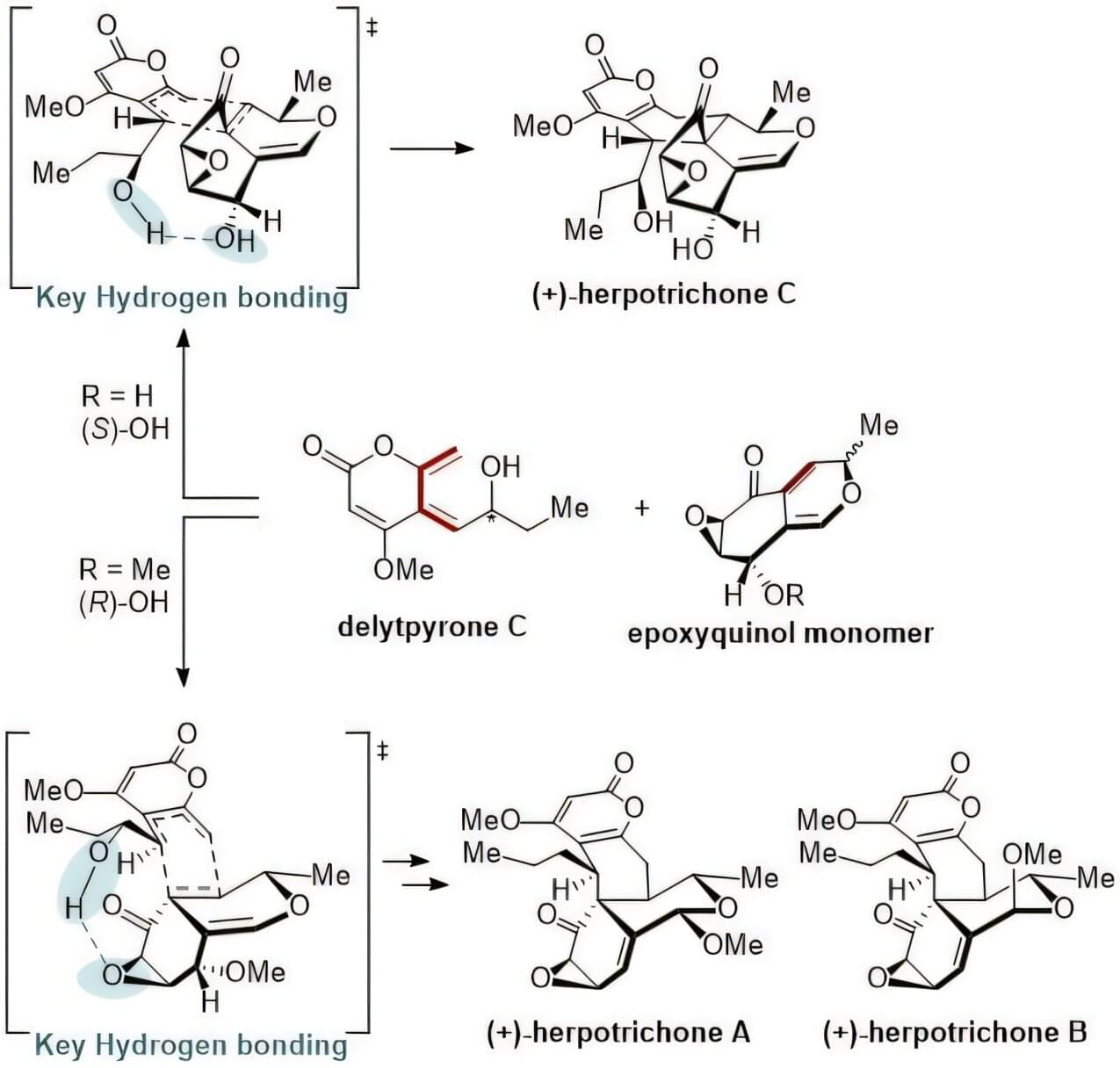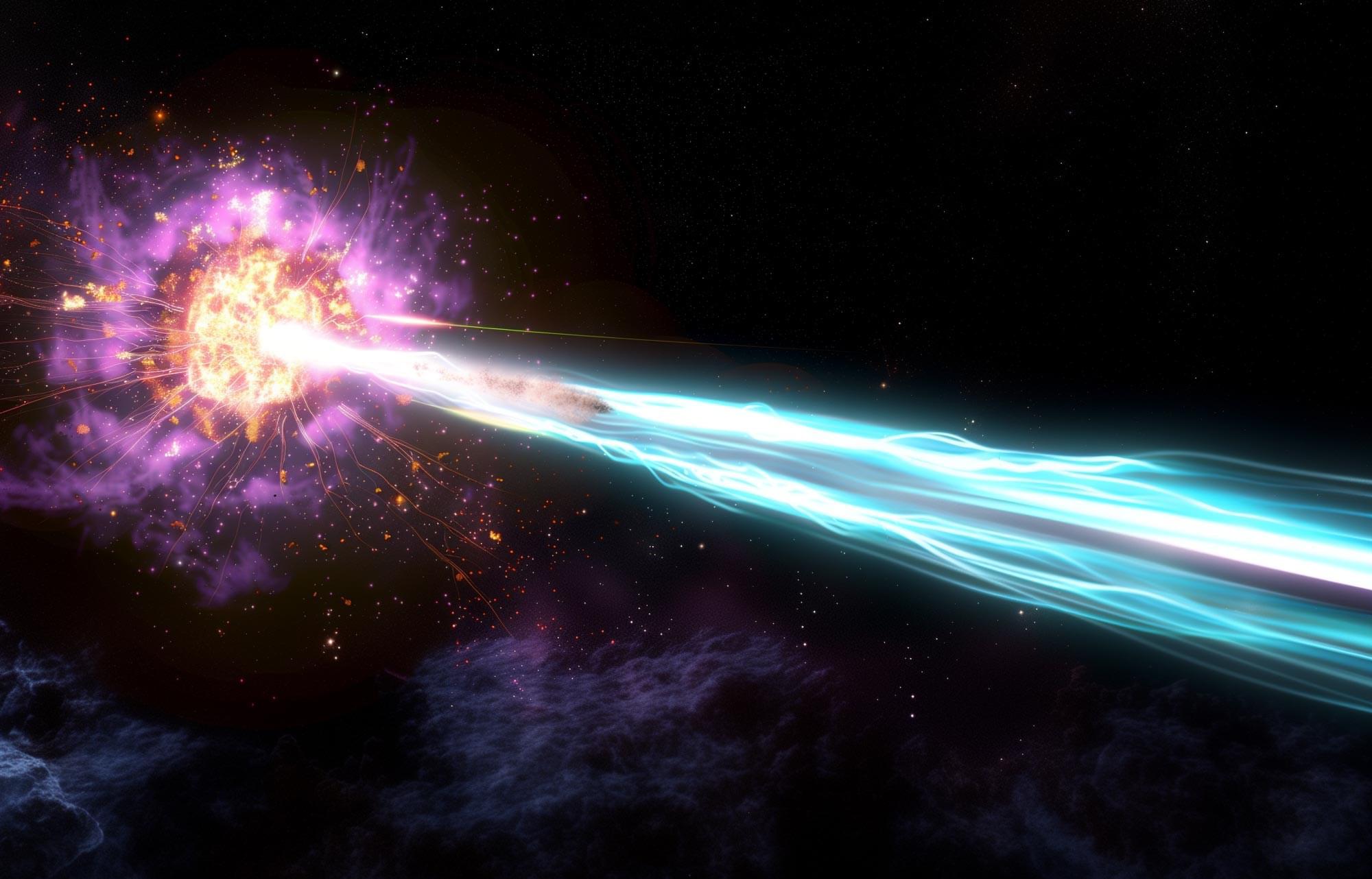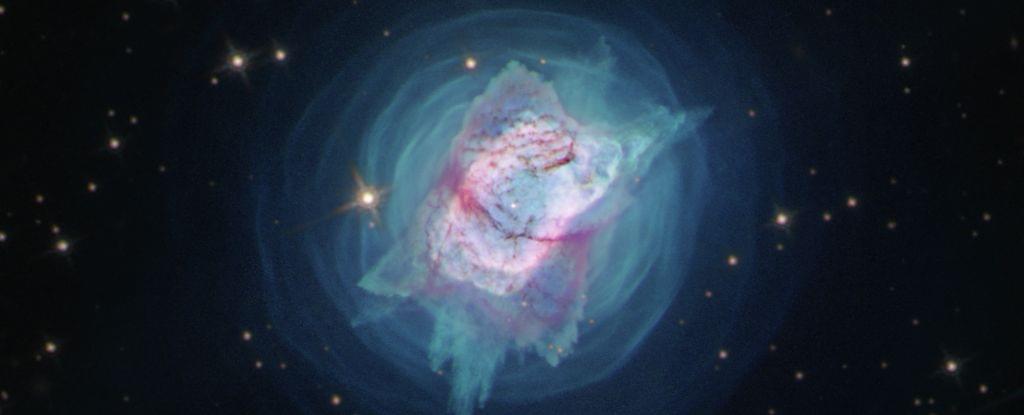“Herpotrichone” is a natural substance that has been evaluated highly for its excellent ability to suppress inflammation in the brain and protect nerve cells, displaying significant potential to be developed as a therapeutic agent for neurodegenerative brain diseases such as Alzheimer’s disease and Parkinson’s disease. This substance could only be obtained in minute quantities from fungi that are symbiotic with isopods. However, KAIST researchers have succeeded in chemically synthesizing this rare natural product, thereby presenting the possibility for the development of next-generation drugs for neurodegenerative diseases.
A research team led by Professor Sunkyu Han of the Department of Chemistry successfully synthesized the natural anti-neuroinflammatory substances ‘herpotrichones A, B, and C’ for the first time. The paper is published in the Journal of the American Chemical Society.
Herpotrichone natural products are substances obtainable only in minute quantities from Herpotrichia sp. SF09, a symbiotic pill bug fungus, and possesses a unique 6÷6÷6÷6÷3 pentacyclic framework consisting of five fused rings (four six-membered and one three-membered ring).









